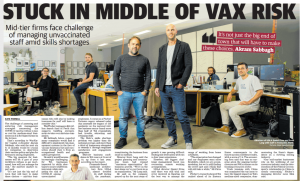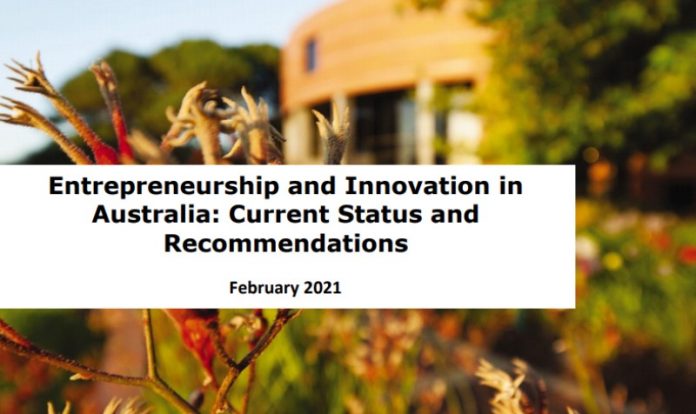
The average age of a mid-size company owner in Australia is between 57–75 years old, and yet more than 75% of them don’t have any form of planned succession.
It’s no wonder that we regularly see business transitions occur with frantic, unplanned haste and no real value for current owners.
But it doesn’t need to be that way if you plan out your process.
Below are eight considerations to get you and your business ready to pass the baton onto the next owner.
1. Are you really ready?
First, decide whether you are really ready to sell your business. Ask yourself what is motivating you to sell.
If the business is underperforming, while you may want to exit now, it might not be a good time.
If you have a major life event (divorce, death, illness) in your personal life then it might not be a good time either.
If it’s just ‘time to sell’ and you have planned for it, then you have many options. You could sell to some of your key staff (or help them acquire into the business), to a competitor, or to some form of financial investor (like private equity).
2. Are you running to or from?
Secondly, ask yourself if you are moving towards something important to you, or running away from something you don’t want anymore.
Your answer will change how you exit and who you engage with.
In particular, the answer to that question gives an indication of how quickly you want to exit and why.
If your driving motivation is to simply get out, and speed is the most important factor, then you want to engage with as many people as possible and have a clear understanding of the minimum price you will expect.
3. The buyer’s mindset
Third, be in the buyer’s mindset, not the seller’s.
Will you hand over the business to just ‘anyone’?
Are there any persona non grata? Are there organisations you would hate to see own your business?
What should the new owner be like, since they can’t be a replica of you?
What is your ideal person or company as a buyer and why?
Identifying your ideal buyer means you’ll know them when you see them. Otherwise, anyone looks good.
4. Dot your i’s and cross your t’s
Once you’ve figured out your plan, the fourth step is to get your house in order.
If you have no formal contracts, no formal documentation, a shoebox full of receipts, do you really have anything to sell?
It’s time to ensure you have invested in the right structure, systems, processes, people, and documentation so that the business is ready for sale.
5. What’s it worth?
The fifth step is to understand what your business is really worth to someone else.
Don’t confuse what you want for the business, or need for future life, with what the business is worth.
The first step is to do your own research. Find businesses that are similar to yours that have sold recently and go and speak directly to the past owners about it, not only what they got but also what the process was like.
But don’t just take one person’s word for it; consult widely.
6. The sales process
Step six is to understand all your options and make a choice.
To understand your options, don’t just ring your accountant or broker. Your sale process should be tailored specifically to the answers above.
Engage a professional who will help you find the right buyer who meets your criteria and can pay what the business is worth.
That buyer could be an employee, a customer, competitors or supplier.
7. Get flexible
Next, think beyond price. What someone is willing to pay will be different depending on when and how they have to pay.
Vendor terms, deferred components and conditional components are normal for reasonable sized businesses.
Flexibility may get you more, so if you want to maximise the price, expect to offer vendor finance and/or get a deferred payment.
8. Passing the baton
Step eight is to remember the business is yours until you pass the baton, but not a minute longer.
Be sure to plan for the distraction of the sale process, but you must continue to drive the business until you’ve sold it.
When you’ve finally got past the sale, you will have changed your identity overnight.
You are no longer a business owner. So, what are you?
The real work starts now. Plan for what you will be doing and how you will be talking about yourself.
https://www.smartcompany.com.au/finance/buying-and-selling/eight-considerations-business-succession/












